The gaping gender digital divide
Digital connectivity is no longer a luxury but essential to connect with the external world. However, access to the digital world and its sustained use are restricted and often gendered. This is revealed in the stark gendered differences in digital access and participation, where women in LMICs are 7% less likely to own a mobile phone and 19% less likely to use the Internet than men, resulting in 310 million fewer women using the Internet than men. This gendered digital exclusion has cost countries USD 1 trillion in GDP, deprived women of digital possibilities, and deepened socioeconomic and gendered inequalities.
Even when women own mobile phones, their usage differs from that of men. This difference arises from their limited range of use of mobile technologies. In Senegal, while 57% of women use mobile internet users, only 17% perform three or more mobile internet use cases daily. In India, only 18% of women perform three mobile internet use cases, compared to 30% of men.
The scarcity of digital use cases for women
Women frequently encounter challenges when they attempt to access the same digital services as men. In India, women use only 4.3 mobile use cases on average, whereas men use 6.3. This disparity is due to women’s limited digital skills, the lack of relevant available functions, and insufficient use cases tailored to women’s specific needs.
The challenge of limited use cases is evident from the limited phone usage despite the distribution of free smartphones to women in Ghana, Kenya, Rwanda, and India. In these instances, the absence of digital literacy and limited use cases for such phones did not translate into women’s use of free phones. The low usage also suggests that mobile phone ownership among very poor people can be precarious. They may encounter other challenges in using these devices effectively to enhance use cases, particularly when these phones are lost, broken, or stolen, and when economic externalities hamper use cases among women.
Digital products and services are often tailored to suit the preferences and needs of the default users, who are most likely male, which inadvertently neglects the diverse experiences of women. In the health sector, for example, women often experience limited digital use cases due to the underrepresentation of their health issues in digital innovations. A well-known example of this was seen when Apple’s Health App launched in 2014. The app was equipped with numerous features to help users track various aspects of their health and fitness. Yet, notably absent was the option for women to track their menstrual cycles. Similarly, other health-related digital tools and platforms have been designed primarily from a male perspective, which overlook women’s unique health concerns and needs.
Where do these gender disparities arise?
Gender biases in AI have roots in the design stage, the training of datasets, or via AI-generated decision-making. Existing sex-disaggregated data gaps aggravate these biases. Facial recognition software exhibited higher accuracy on male and lighter faces but had significant challenges with darker-skinned women and experienced error rates as high as 34.7%. Similarly, AI tools, such as ChatGPT reinforce gender biases and stereotypes. The AI tool offered advice on maintaining a work-life balance and spending quality time with their families exclusively to men and neglected to extend this guidance to women. Similarly, voice recognition systems perform better with male voices and often struggle to recognize female voices accurately.
The Unicode Consortium designed emoji characters of police officers and athletes predominantly as male professionals despite having a 70% female user base. Similarly, women’s representation in video games is also stereotyped, which results from a significant gender imbalance in creative development that directly influences the content and leads to the portrayal of negative and stereotypical female characters.
Men as the default users
A fundamental reason for missing use cases for women is the predominant role of men in designing digital spaces. Men often create digital platforms for male users based on their own experiences and perspectives and inadvertently exclude women’s needs and experiences. They do not consider women’s barriers in accessing digital products, including the type of devices and data packs, digital literacy, and social norms. Such products fail to address women’s content needs, interests, and perceptions.
Furthermore, design limitations of digital products and platforms neglect the female experience. Phones and software are not designed intuitively for low-literacy populations, which mainly comprise women, especially in least developed countries and developing nations. Additionally, women have shared access to phones or cheaper devices with fewer features, including limited RAM, which prevents them from using digital applications.
A large gap persists in data on women in healthcare innovation. Healthcare-related AI systems are driven mainly by men and operate on statistics skewed toward men. This gender gap has led to a lack of women-specific innovations and AI systems. Such systems are 50% more likely to misdiagnose heart attacks in women due to underrepresented physiological indicators, which leads to fewer use cases. This is because fewer women design these AIs, not because fewer women have heart attacks.
The lack of range of data disaggregated by age, sex, income, location, and education on user behaviors leads to design oversights, especially for various women’s segments. This data gap leads to a lack of digital products tailored specifically for women.
MSC’s DEBIT framework helps us understand use cases better by assessing the choice of channels by individuals through five factors: Diffidence, Education, Bias, Investment, and Trust. This perception of gain or loss helps individuals choose their transaction channel, which determines if they will use a digital channel. The DEBIT framework study revealed that the user experienced the least perceived loss (DEBIT) when she transacted at phygital channels and the highest perceived loss at digital channels.
Another MSC study showed a significant gender gap in the usage of digital financial services among male and female garment workers due to limited use cases for women. While 91% of men surveyed visit ATMs alone, less than half of women do the same. This is because women preferred informal financial channels that fulfilled their credit needs and did not see much use in digital financial channels. Women’s uptake of digital products and services remains low due to the lack of compelling use cases, lack of trust, and low confidence in the digital ecosystem.
Digital service providers do not consider gender norms and gender roles or illiterate, innumerate people—the oral segments—when they design new digital products and services, which significantly diminishes the use cases. In the context of financial services, many women do not use advanced use cases even with a regular inflow of cash. This is because of product design challenges and limited communication of the value of these products. All these suggest that provisions or designs that can enhance the use cases of a digital product or service for women will be valuable for its uptake.
Product designs that grant users more control and ensure privacy can also enhance use cases. Even the size of phones, as with most gender-neutral products, are often tailored to the average male hand, which poses usability challenges for women. This is evident in women’s discomfort while they hold and use larger smartphones with one hand, especially for tasks, such as taking photos.
We wonder why is the digital world not gender intentional. We also deliberate on how we can make the digital world gender intentional and discuss women’s roles in this endeavor. Please read the second part of this series, where we unpack this question.
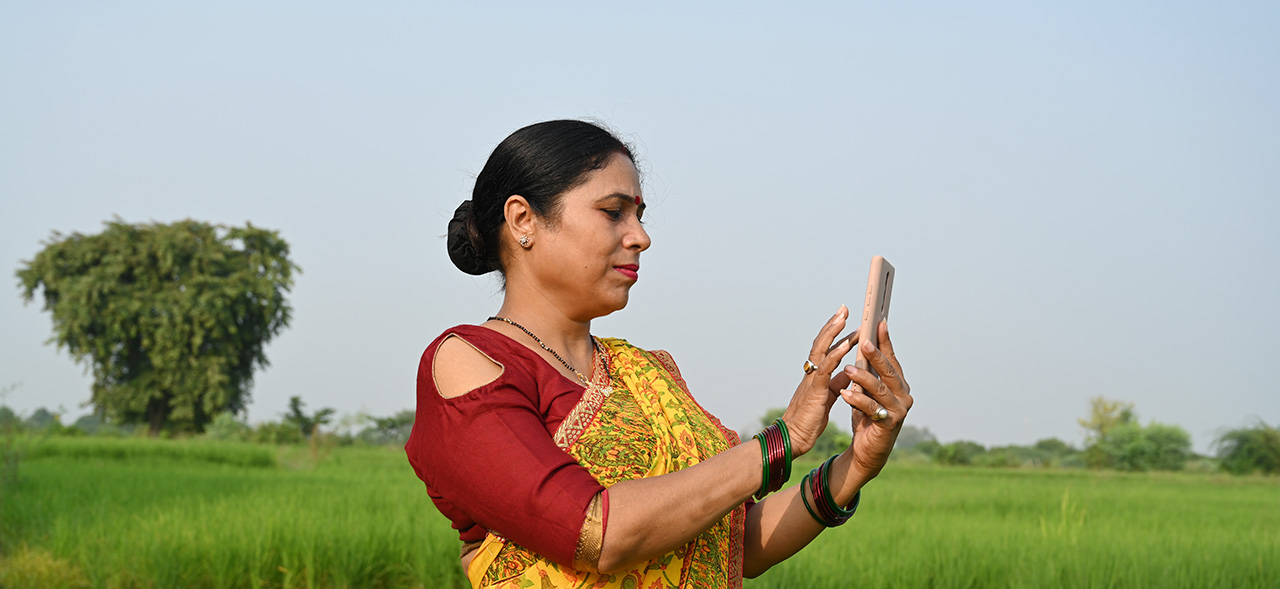
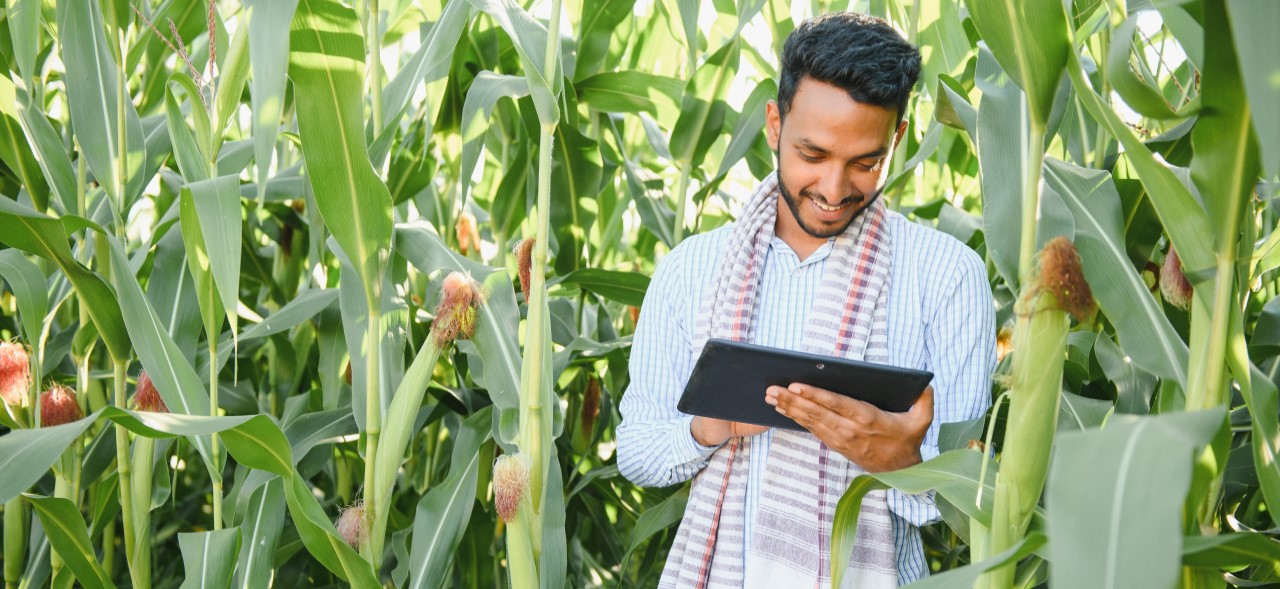

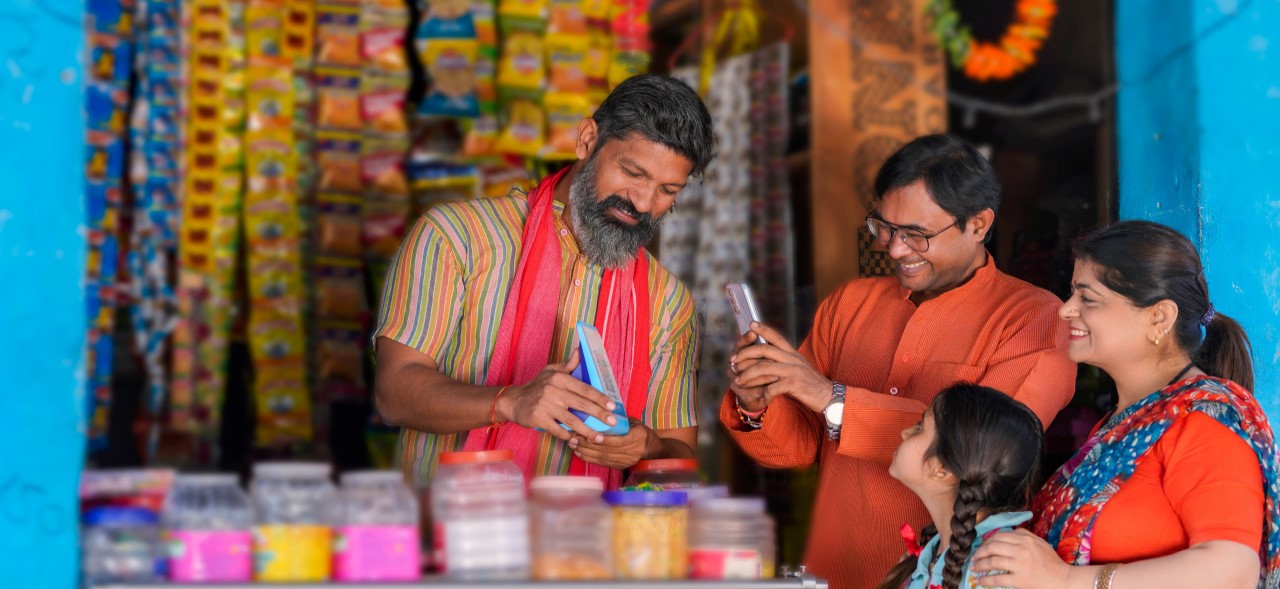

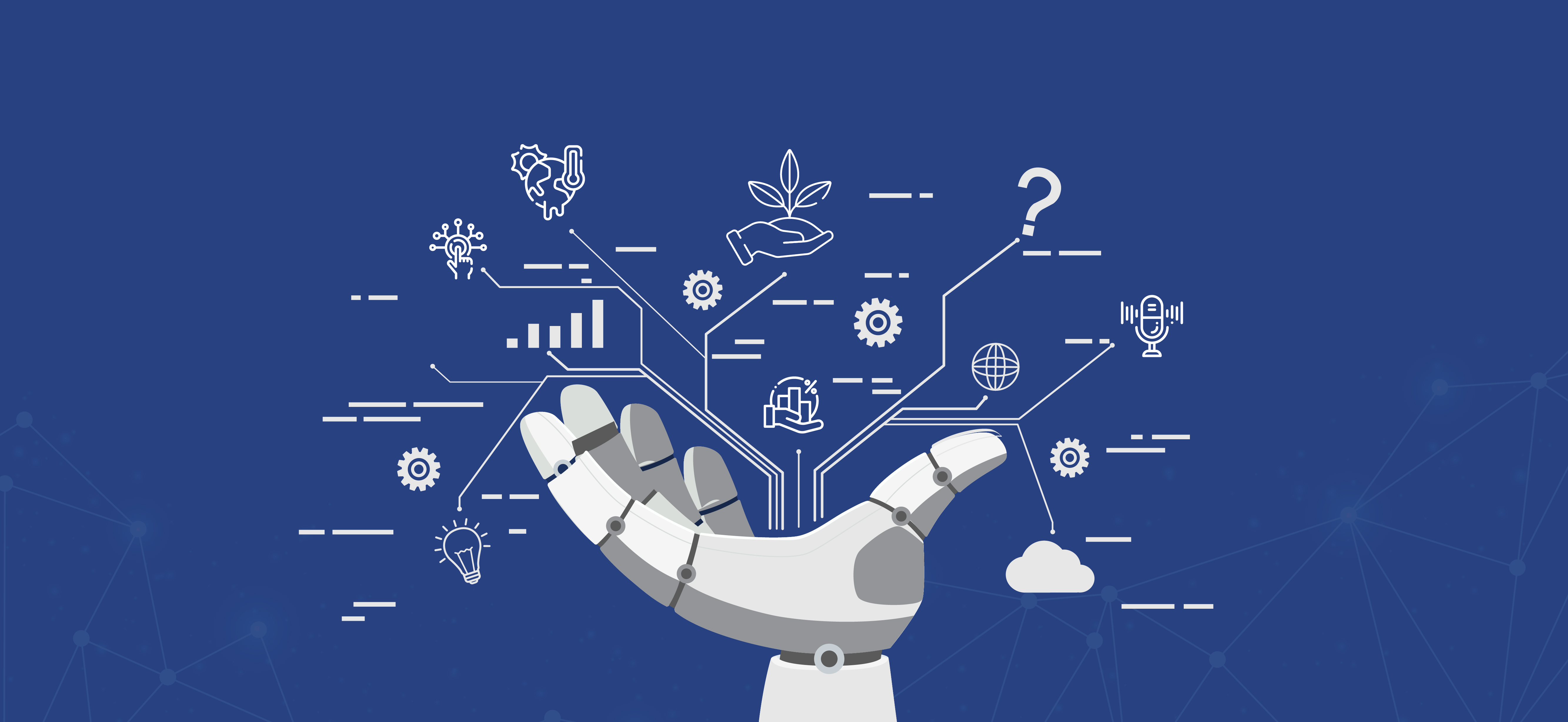
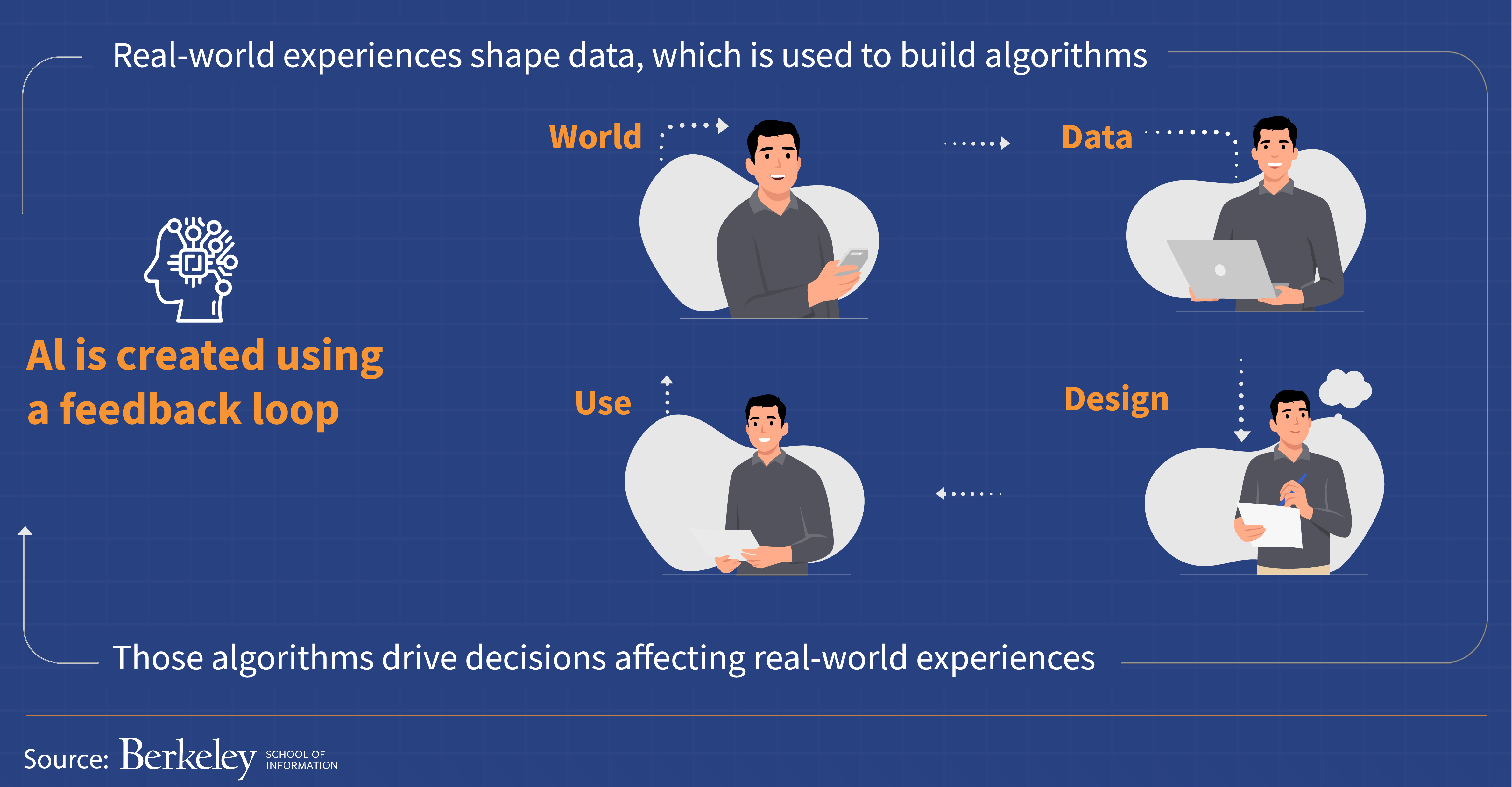 Yet the desire to apply AI to complex problems that have historically remained elusive or irrelevant to most modern technology or digital developments has often made the situation worse. The UC Berkley School of Information has already shown
Yet the desire to apply AI to complex problems that have historically remained elusive or irrelevant to most modern technology or digital developments has often made the situation worse. The UC Berkley School of Information has already shown